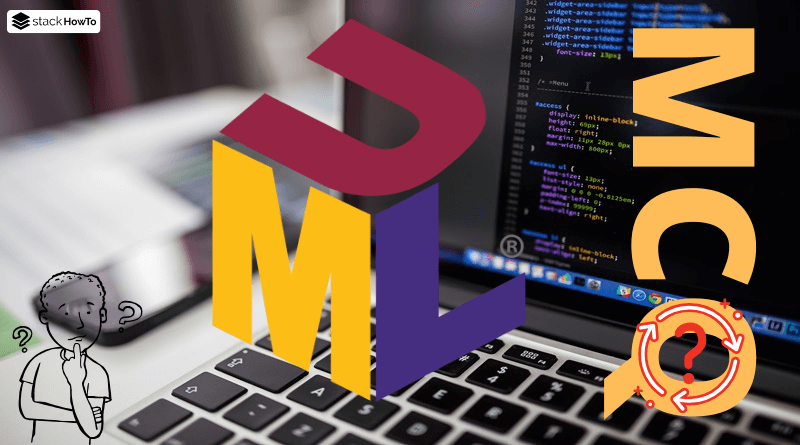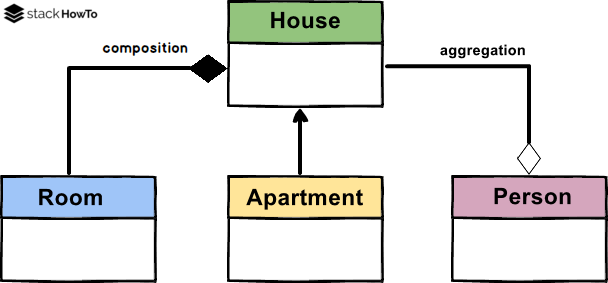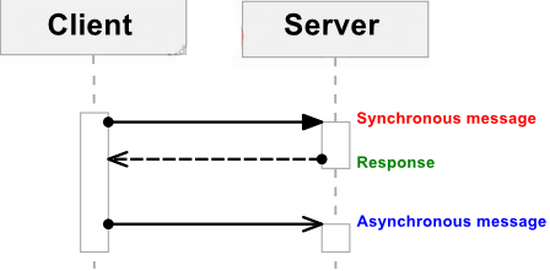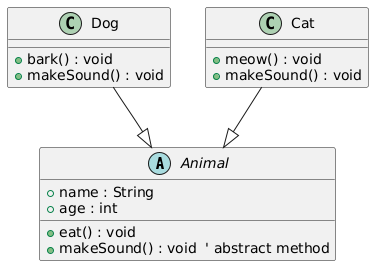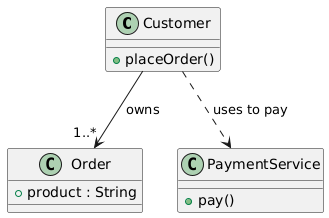UML Diagrams MCQs Questions With Answers – Part 15
Test your knowledge and boost your confidence with these multiple-choice quizzes focused on UML diagrams, foundational software engineering concepts, and real-world best practices. Designed for students, developers, and exam candidates, these MCQs offer a quick and effective way to assess your understanding and sharpen your skills.
1. A composition differs from an aggregation by:
A The direction of the arrow
B The style of the diamond
C The multiplicity
D The names of the classes
2. What is missing in this diagram?
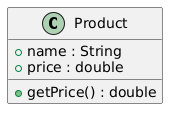
A There is no associated class
B getPrice is incorrectly defined
C The attributes are not typed
D The constructor is missing
3. In a sequence diagram, what is the purpose of a return message (dashed line with a solid arrow)?
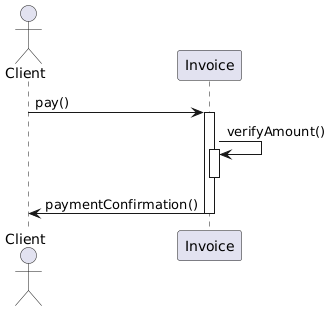
A To illustrate a dependency
B To represent a state transition
C To complete a diagram
D To show a response to a method call
4. In a sequence diagram, what symbol is used to send a synchronous message?
A Dashed line
B Solid arrow with a black triangle head
C Solid arrow with an open head
D Empty arrow
5. In UML, what do we call a class that cannot be instantiated directly?
A A utility class
B A concrete class
C An abstract class
D An external class
6. What is the issue in this diagram?
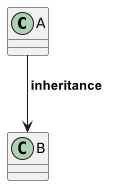
A The class names are too short
B There is unhandled recursion
C Methods are missing
D The “inheritance” relationship is poorly represented
7. What is the main difference between a dependency and an association in UML?
A An association is temporary, a dependency is permanent
B A dependency is stronger than an association
C An association involves a direct link between objects, a dependency does not
D There is no significant difference
8. In UML, what does a generalization arrow between two use cases mean?
A A process inclusion
B An inheritance between actors
C A functional dependency
D A specialization of a use case
9. In a class diagram, what is an operation?
A A relationship between two classes
B A calculated attribute
C A method that a class can execute
D An abstract class
10. What does this diagram represent?
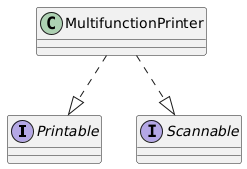
A A hierarchy of inheritance between concrete classes
B An abstract class with two subclasses
C A class that implements two interfaces
D Two classes merged into one

